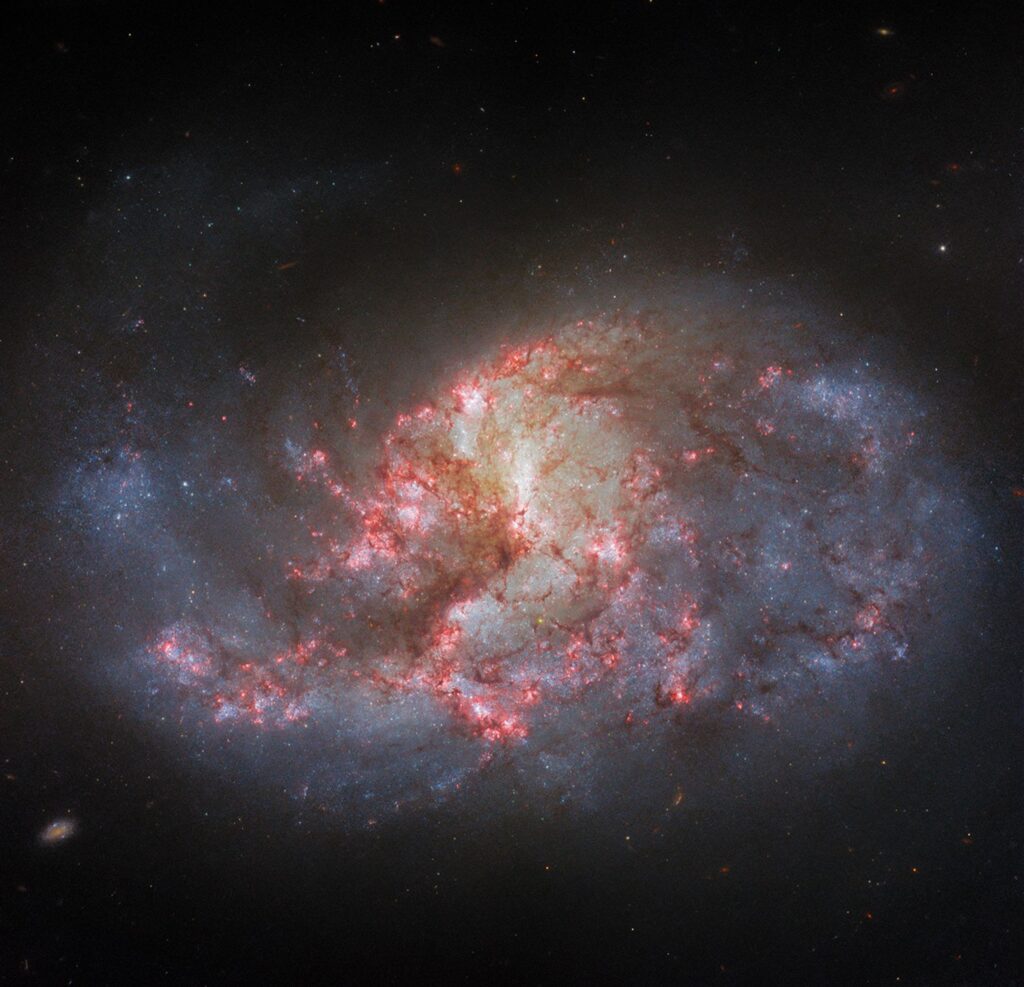NASA has started unpacking the Orion spacecraft after its epic moon mission.
Technicians at NASA’s Kennedy Space Center (KSC) in Florida have opened Orion‘s hatch and begun removing payloads that flew to the moon and back aboard the capsule on the Artemis 1 mission. This work will take quite a bit of time.
“This week, technicians will extract nine avionics boxes from the Orion, which will subsequently be refurbished for Artemis 2, the first mission with astronauts,” NASA officials wrote in an update (opens in new tab) on Tuesday (Jan. 10).
“In the coming months, technicians will remove hazardous commodities that remain on board. Once complete, the spacecraft will journey to NASA Glenn’s Neil A. Armstrong Test Facility [in Ohio] for abort-level acoustic vibration and other environmental testing,” they added.
Related: The 10 greatest images from NASA’s Artemis 1 moon mission
Artemis 1 launched on Nov. 16 from KSC atop a Space Launch System rocket, sending the uncrewed Orion on a shakeout cruise to lunar orbit. The mission, the first of NASA’s Artemis program of moon exploration, wrapped up when Orion splashed down off the coast of Baja California on Dec. 11.
The capsule then traveled by truck across the country, arriving back at KSC on Dec. 30. Ever since, workers have been inspecting Orion and its various systems, assessing how they performed during the nearly 26-day Artemis 1 mission.
The capsule’s 16.5-foot-wide (5 meters) heat shield — the largest of its type ever flown — is receiving particular attention, given the extreme conditions it experienced. During Orion’s reentry through Earth’s atmosphere on Dec. 11, the heat shield endured temperatures up to 5,000 degrees Fahrenheit (2,800 degrees Celsius), about half as hot as the surface of the sun.

Related stories:
These ongoing inspections will inform preparations for the Artemis 2 mission, which is scheduled to launch astronauts around the moon in 2024.
If all goes well with that flight, NASA can start gearing up for Artemis 3, which will land crewmembers near the moon’s south pole, where the agency plans to build a research outpost by the end of the decade. Artemis 3 is targeted to lift off in 2025 or 2026.
Mike Wall is the author of “Out There (opens in new tab)” (Grand Central Publishing, 2018; illustrated by Karl Tate), a book about the search for alien life. Follow him on Twitter @michaeldwall (opens in new tab). Follow us on Twitter @Spacedotcom (opens in new tab) or Facebook (opens in new tab).


